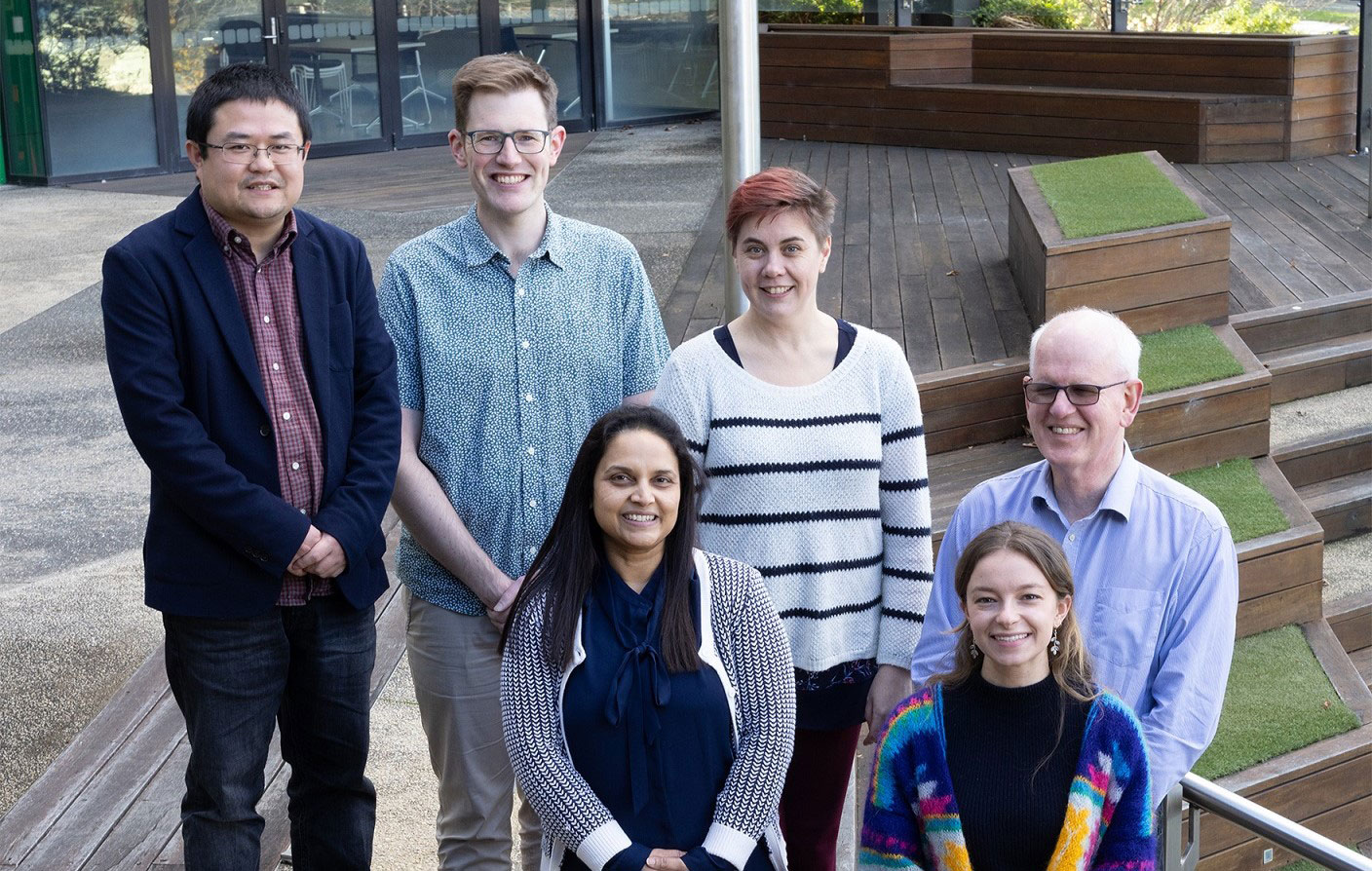Bumper funding for research into Epstein-Barr virus and multiple sclerosis connection

Bumper funding for research into Epstein-Barr virus and multiple sclerosis connection
The Medical Research Future Fund (MRFF) has announced $2 million in funding for new multiple sclerosis (MS) research at the Menzies Institute for Medical Research, University of Tasmania, providing a further boost to its MS Research Flagship’s world-class research capability.
The research will investigate the connection between Epstein-Barr virus (EBV) and MS and the knowledge gained will be used to greatly improve MS diagnosis, treatment and prevention.
Almost everyone who goes on to develop MS has previously been infected with EBV, one of the most common human viruses. But although up to 95% of people worldwide are infected with EBV and carry the virus for life, only a fraction of these people will develop MS, and it’s unclear why. This large multidisciplinary project, which involves collaborations with researchers from Queensland Institute for Medical Research (QIMR) Berghofer, Mater Research Institute, and the Genome Institute of Singapore, will fill in the gaps about the role of EBV infection in MS development.
The first phase of the research will establish whether there are specific EBV genetic variations or strains that lead to greater MS risk and will assign them a risk score. The research will also generate a library of EBV reference genomes specifically relevant to Australia which can be used to inform EBV vaccine design.
Chief investigator Dr Yuan Zhou said the findings will ultimately improve both diagnosis and treatment of MS.
“By creating an MS risk score, our research will improve MS screening, resulting in earlier diagnosis and therefore earlier treatment,” said Zhou.
“Understanding the impact of EBV infection on the immune system will help refine an existing immunological (T cell) therapy for MS, developed by collaborators from QIMR Berghofer, that’s currently in a stage II clinical trial,” he added.
The research team also has MS prevention in its sights.
“Defining DNA sequences of EBV will better inform EBV vaccine design and contribute to preventative strategies against MS,” said Zhou.
Anna Ritchie, one of the study’s two associate investigators with lived experience, said “As a person with MS it’s exciting to hear about research that will bring us closer to understanding the cause of and maybe even preventing the development of MS.”
“We know women are more likely to develop this disease, and my two daughters have a genetic risk now because of my diagnosis, but there are also environmental and lifestyle factors that contribute to MS development.
“Dr Zhou’s research project will bring us new knowledge on why EBV is an important part of the picture. We can then use this knowledge to develop prevention strategies so that my children and the wider community are less likely to have to deal with the challenges of living with MS,” said Ritchie.
Director of Menzies, Professor Tracey Dickson, congratulated the research team on its success in a highly competitive grant process.
“This significant new funding recognises that our research capability is world class.”
“Menzies has a long history of research into MS, a disease that impacts so many in our community. This funding will make a notable contribution to our vision of reducing the impact of MS for individuals and the community,” Dickson said.
Notes:
- This MRFF funding is a provision of its Emerging Priorities and Consumer Driven Research Initiative, which supports high-quality research that improves patient care, translates new discoveries into practice, and encourages consumers and researchers to work together. MS Australia, the national peak body for people affected by MS, is the partner organization for the project.
- The EBV genetics project is embedded within the Menzies MS Research Flagship where researchers work actively and collaboratively with the Flagship’s consumer and community reference committee as well as MS nurses and clinicians.
- MS is a devastating disease of the central nervous system caused by both environmental and genetic factors. There are more than 33,000 Australians living with MS, with Tasmania having the highest prevalence.
- MS costs Australia a staggering $2.5 billion annually in terms of direct health care costs and lost productivity. There is no cure for MS and the incidence continues to increase.